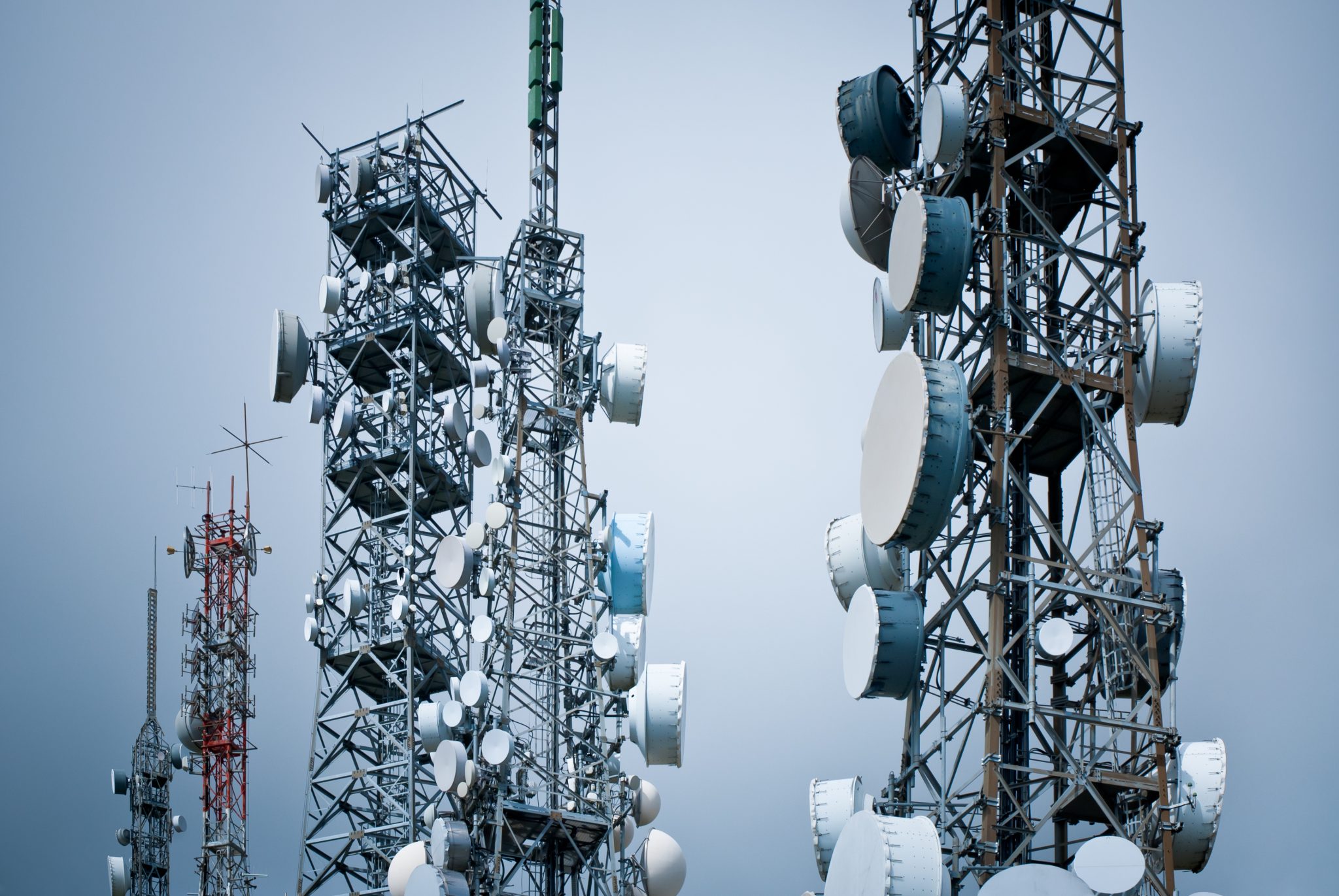If you've ever wandered through a city you might have noticed tiny mini 5G cell towers on street light poles. They appear like tiny boxes, but they're actually broadcasting wireless signals from cell phone providers to your phone.
These smaller towers are replacing larger, purpose-built cell towers. While they're less noticeable however, they could create problems for those who live nearby.
A FCC's Radiation Exposure Thresholds

The FCC's Radiation Exposure Thresholds define the maximum amount of time an individual can be exposed to electromagnetic energy from wireless devices. The exposure limits are based upon scientific research that show that RF energy can cause harm to health.
what is a safe distance from a cell tower of absorption called the specific absorption rate (SAR) is an indication of the amount of radiofrequency energy that is absorption by tissues. It's typically 1.6 milliwatts per kilogram spread over a Gram of tissue.
Since 5g is able to transmit at higher frequencies this could be able to create more energy on the skin and other exposed body parts. This can result in various potential problems, including an increased development of skin diseases like dermatitis, skin cancer and cataracts.
Due to the potential for harmful effects of radiation from 5G, PSU has chosen to create a general limits on power density, which is 4mW/cm2 based on the average on 1cm2, and never to exceed 30 minutes for all 5G services running at 3000 GHz. This localized limit is consistent with the highest SAR that is spatially averaged at 1.6 W/kg averaged over 1 g of tissue at 6 GHz.
The FCC's Maximum Exposure Thresholds
In the event that you've used cell phone, then you've probably realized that a safe range from the tower is at least 400 meters away. This is due to the transmitting power of a cell tower increases dramatically the further your location from the tower.
While it sounds like something that's good, the reality is that people living in close proximity to towers might be more prone to health problems. For instance, a 2014 study in India discovered that people living within 50 meters of cell towers had significant more health issues than those living further distance from them.
This study revealed that those who relocated to areas further away from cell towers noticed their symptoms return to normal within a couple of days. Studies have also demonstrated that exposure to extreme amounts of electromagnetic field radiofrequency (EMFs) can lead to brain tumors, cancers, and other health problems.
This is due to the fact that the RF radiation used in wireless communication can penetrate the human body's exterior layer, called the skin. It is crucial to know since the skin functions as a protective barrier against mechanical injury, infection from pathogenic microorganisms, as well as infiltration of toxic substances. The skin is the biggest organ in the human body and is accountable for keeping the integrity of other organs.
The FCC's Minimum Exposure Thresholds
The FCC's Minimum Exposure Thresholds rely on many assumptions that aren't supported by scientific research. These include the erroneous assumption that short-term exposures to RF radiations are not harmful due to minimal absorption into body (i.e., tissue heating).
This also overlooks the greater penetration of ELF elements of modulated radio signals as well as the consequences of short bursts of heat generated by RF waves that are pulsed. https://penzu.com/p/4c88be12 are not compatible with the current understanding of biological consequences of RF radiation, and thus they shouldn't be used for health protective exposure guidelines.
Furthermore there is safe distance to live from cell phone tower that both ICNIRP and FCC limit the maximum limits of exposure to peak local SARs, based on the peak spatial specific absorption rate (psSAR) which is not a reliable dosimetric instrument to determine the degree of radiation exposure. In particular, psSAR is inaccurate for frequencies above 6 GHz. In addition, psSAR is not been evaluated for RF radiation with co-exposure to other environmental agents such like sunlight. The interactions of RF radiations with different agents in the environment could result in antagonistic or synergistic impacts. This could result in the risk of having adverse health consequences. For example, co-exposure to RF radiation along with exposure to sunlight can cause an increase in the incidence of developing skin cancer, and may also exacerbate other skin conditions like acne.
